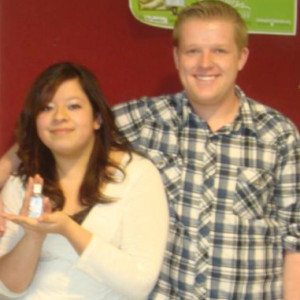2017, CALGARY, AB, CANADA
In 2017, Ryan Song of Sir Winston Churchill High School placed 4th overall in the Caring For Our Watersheds competition with their project “Living Wall and Green Area”. Sir Winston Churchill High School was built in 1968 and has undergone very few renovations since then. The school contains very few windows, many of which do not open. Students often complain that the school environmen t is stifling, uninspiring and that there is poor air quality. In addition, Ryan felt that there was a general lack of environmental awareness among students at this school.
t is stifling, uninspiring and that there is poor air quality. In addition, Ryan felt that there was a general lack of environmental awareness among students at this school.
In an effort to combat these issues, and raise awareness about the local watershed, Ryan and the Sir Winston Churchill Earth Club decided to install a portable green wall, and produce information brochures about unsustainable behaviors that have a negative impact on our watershed. The portability of the green wall means that it can be moved to different classrooms within the school, based on the amount of natural light that is seasonally available in sections of the building.
The living wall and green area is maintained by student volunteers that are members of the Eath Club. Through their continued dedication to this project, and involvement with the CFOW program, these students have taken a vested interest in protecting the watershed and providing knowledge to other students about why the green wall is there and the impact our actions have on native plants and animals in our watershed.
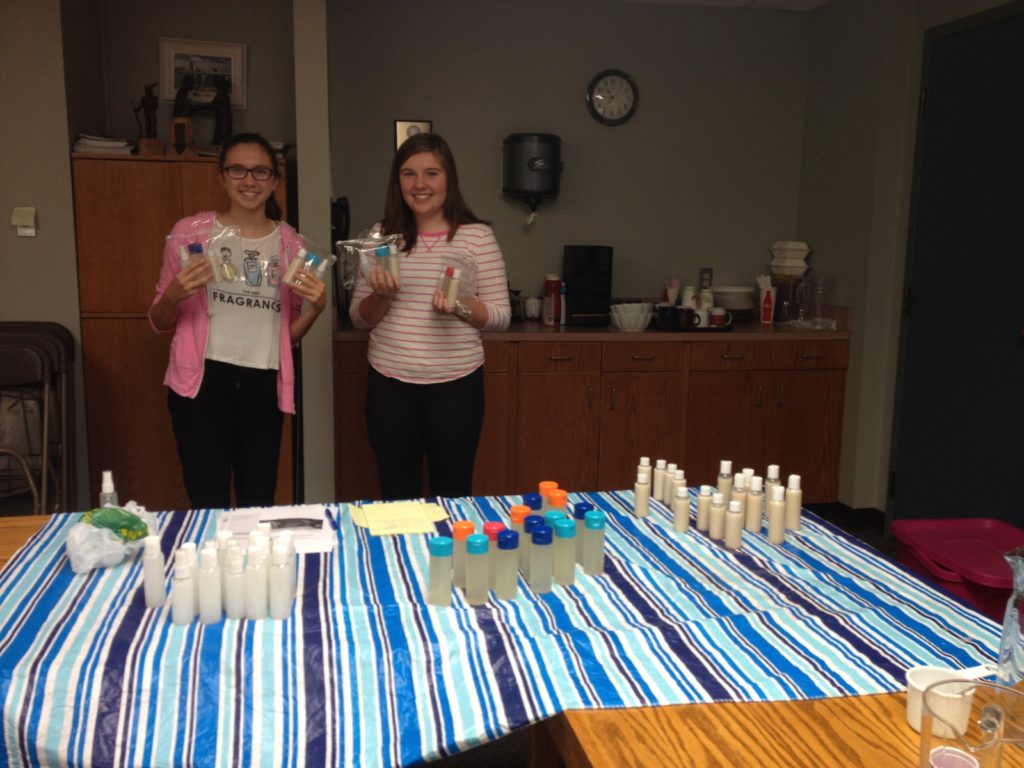 St. Edward School decided to focus their efforts on educating about the harmful effects of triclosan. Trisclosan is a preservative and anti-bacterial and anti-fungal agent found in many of the hand sanitizers, soaps, shampoos and other PCPs that we use. Studies show that triclosan can interfere with how hormones function in our bodies. It is an endocrine disrupter and can affect the reproductive systems of animals. Triclosan is also found to be very toxic to aquatic animals and can cause long term negative effects on aquatic ecosystems.
St. Edward School decided to focus their efforts on educating about the harmful effects of triclosan. Trisclosan is a preservative and anti-bacterial and anti-fungal agent found in many of the hand sanitizers, soaps, shampoos and other PCPs that we use. Studies show that triclosan can interfere with how hormones function in our bodies. It is an endocrine disrupter and can affect the reproductive systems of animals. Triclosan is also found to be very toxic to aquatic animals and can cause long term negative effects on aquatic ecosystems.

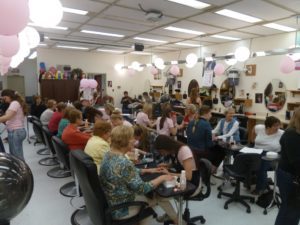
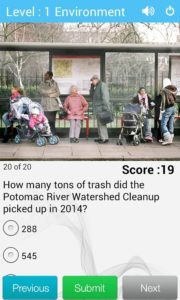
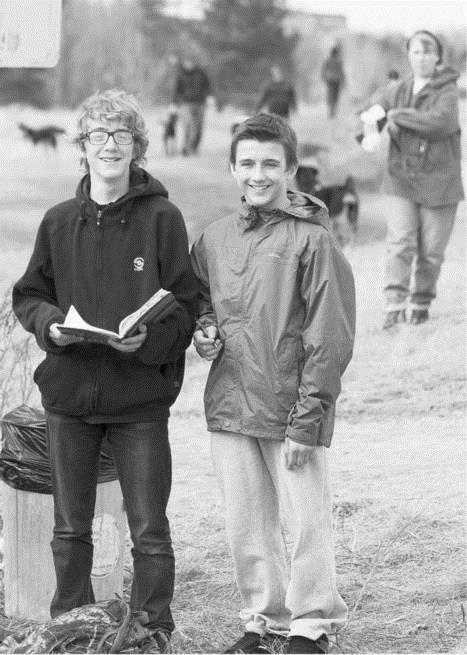 can leach into soil and with it, harmful disease causing micro-organisms like round worms, E. Coli and Giardia that can live in dog feces. This puts children who play outside and adults who garden at risk of these infectious organisms. If dog waste is washed into the storm drains it ends up in lakes, rivers, streams or marine water. People can accidentally swallow its bacteria and other disease-causing organisms while swimming or playing in the water. It can even contaminate ground water!
can leach into soil and with it, harmful disease causing micro-organisms like round worms, E. Coli and Giardia that can live in dog feces. This puts children who play outside and adults who garden at risk of these infectious organisms. If dog waste is washed into the storm drains it ends up in lakes, rivers, streams or marine water. People can accidentally swallow its bacteria and other disease-causing organisms while swimming or playing in the water. It can even contaminate ground water!